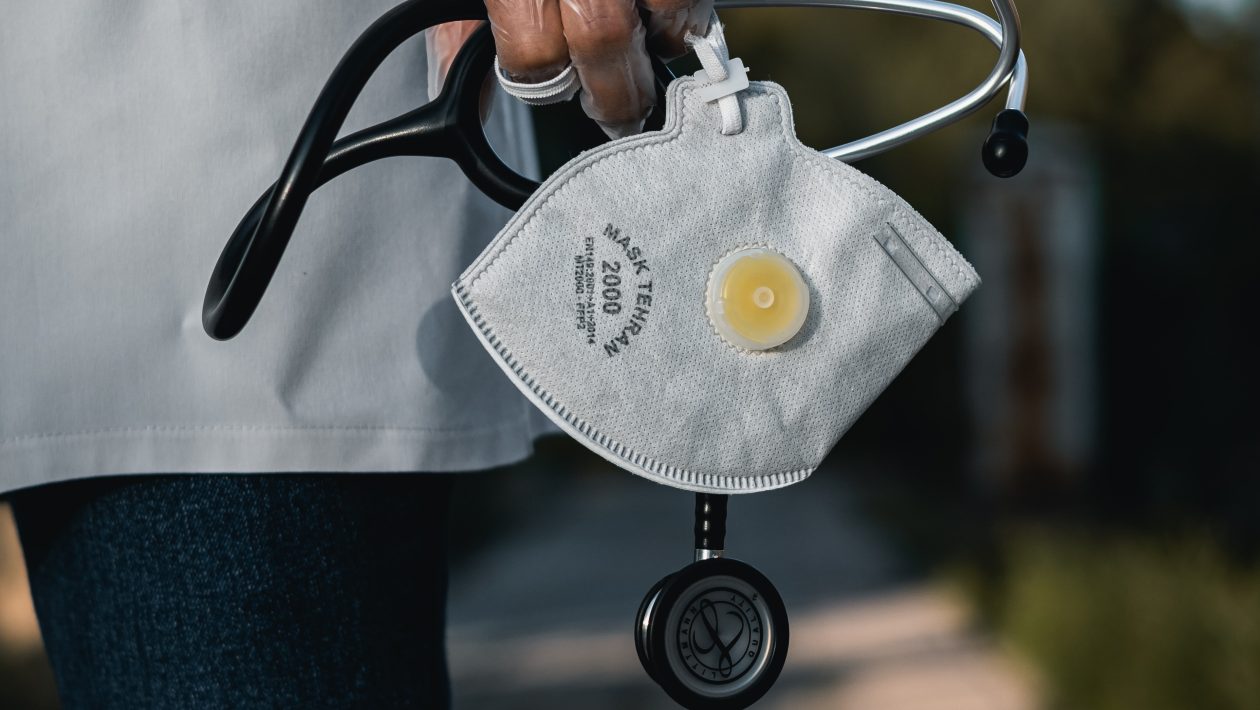As you near retirement, you need to be getting your financial affairs in order. Now is the time to take the steps that are necessary to make sure you can enjoy your golden years without any concerns.
One of the things you need to concern yourself with is your healthcare insurance. For years now, it’s very likely you have had the insurance coverage you need through your employer or an insurance policy you purchased on your own. As an upcoming retiree (based on legal standards), you will soon be eligible to receive Medicare (Med.). If managed properly, one of the plan’s many options should be enough to provide you with the coverage you need heading into the future.
Since the Med. program is something people don’t think about until they near retirement, it’s reasonable to expect you don’t know much about how the program works. With that in mind, you will hopefully find the following information useful and informative.
What is This Plan?
The U.S. Med. program was originally founded in 1966. It’s a healthcare program that provides healthcare insurance for tens of millions of Americans. The program was originally managed by the U.S, Social Security Administration but now falls under the responsibility of the Centers for Medicare and Medicaid Services (CMS).
The program is funded through payroll contributions made by American workers with an additional portion being funded by the employers themselves. That means you qualify to receive benefits if you have paid into the system for 120 months or more over your lifetime. That means it’s an entitlement and not a free government program.
Who is Eligible
Based on the guidelines, there are two bodies of people who are eligible to receive benefits.
The first body of Americans who are eligible is retirees. By definition, a retiree is a person who has reached the age of 65 years or older. Current estimates put the number of retirees on the program at about 51,000,000.
The second body of Americans who are eligible is disabled Americans who became disabled at an age of 64 years or younger. To qualify, a person would have to have received SS Disability benefits for 24 consecutive months. After fulfilling the 24-month requirement, the individual gets automatic enrollment in both Part A and Part B on the 25th month of their disability. Estimates put 8,000,000 disable Americans on the program.
If the disability came as a result of the individual having the end-stage renal disease and amyotrophic lateral sclerosis (ALS or Lou Gehrig’s disease), they qualify for immediately after receiving their diagnosis.
When and How to Apply
Note: You will be automatically enrolled in Part A on your birthday. Read the discussion below on the four parts of the program.
Since you become eligible on your 65th birthday, your enrollment period for the other parts will begin three months prior to your birthday. You should receive a notification in the mail from the SSA of your eligibility. Your enrollment period would technically end after three months following your birthday.
Should you miss your enrollment period, do not panic. There will be special enrollment periods available for you. As a worst-case scenario, you should be able to enroll at the beginning of the next year following your 65th birthday. The only stipulation would be that your coverage would not go into place until July 1st of that year.
When you are ready to complete your enrollment, you may do so online by visiting the SSA website. You can also schedule an appointment at your local SSA office.
Description of Plans
Should you decide to enroll for Parts B, C, and D, it would benefit you to understand exactly what each part includes.
Part A: This part covers hospitalization, care you might receive in a skilled nursing facility, hospice care, and some home health care services. This part comes free of charge, and again, enrollment is automatic on your 65th birthday.
Part B: This part covers outpatient care. That would include doctor visits, outpatient care facility visits, medical supplies, and preventive services. Generally, Part B comes with a small deductible and a copay for charges of about 20% with the plan covering the other 80%. There is a statutory premium each beneficiary must pay each month. The amount is adjusted for the cost of living on an annual basis. The premium amount for 2021 is $148.50.
Part C: Referred to as Med. Advantage. In 1997, beneficiaries of the plan were given the option to secure their Medicare plans through private insurance carriers. While the premiums might be a little higher, Plan C gives beneficiaries more flexibility in choosing their coverage. At a minimum, Med. Advantage provides the same coverage as Plans A and B. It also includes Plan D, which is a prescription medication plan. Finally, beneficiaries could choose to add vision and dental care at a higher premium.
As for payment, the SSA would forward the $148.50 to the private insurance carrier on behalf of the individual, who would then have to pay the additional premium to the private insurance company.
Part D: This is the program’s version of a prescription drug plan according to www.clearmatchmedicare.com.To secure Plan D, enrollees must first take Plans A or B or select the Med. Advantage option. Again, there would be an additional premium with the Plan D option.
As you contemplate enrolling, it is important that you understand all of its benefits. You will always have the option to find your own private insurance solution while having the benefit of Plan A for free.
The choices you make will have to stay in place until you reach another enrollment period. At such time, you would have the right and ability to make changes to your coverage.
Again, we want to reiterate this is an entitlement that comes because of your contributions to the Social Security system while you were working. If you have any questions about your eligibility, you should direct those questions to the SSA at your earliest convenience.











